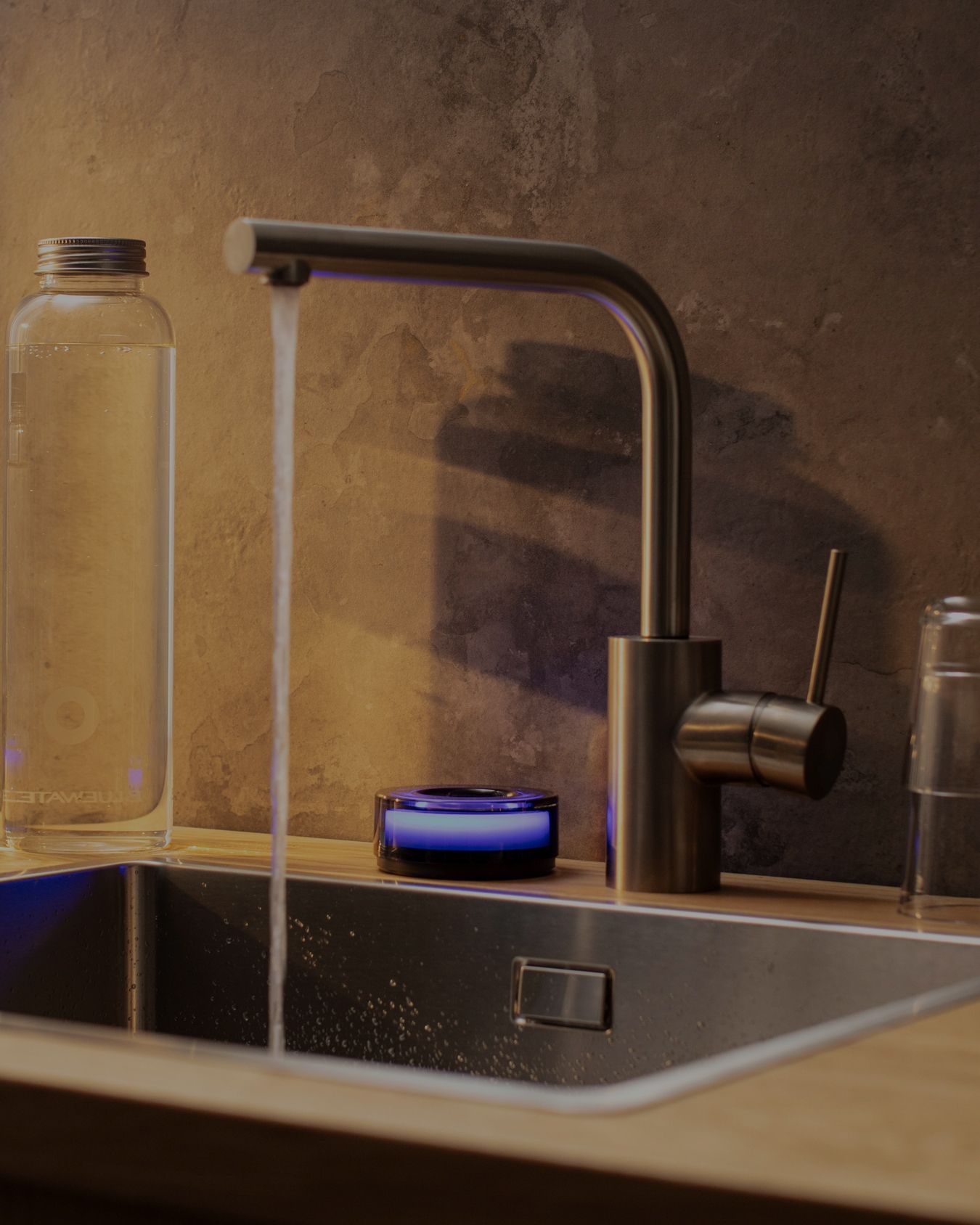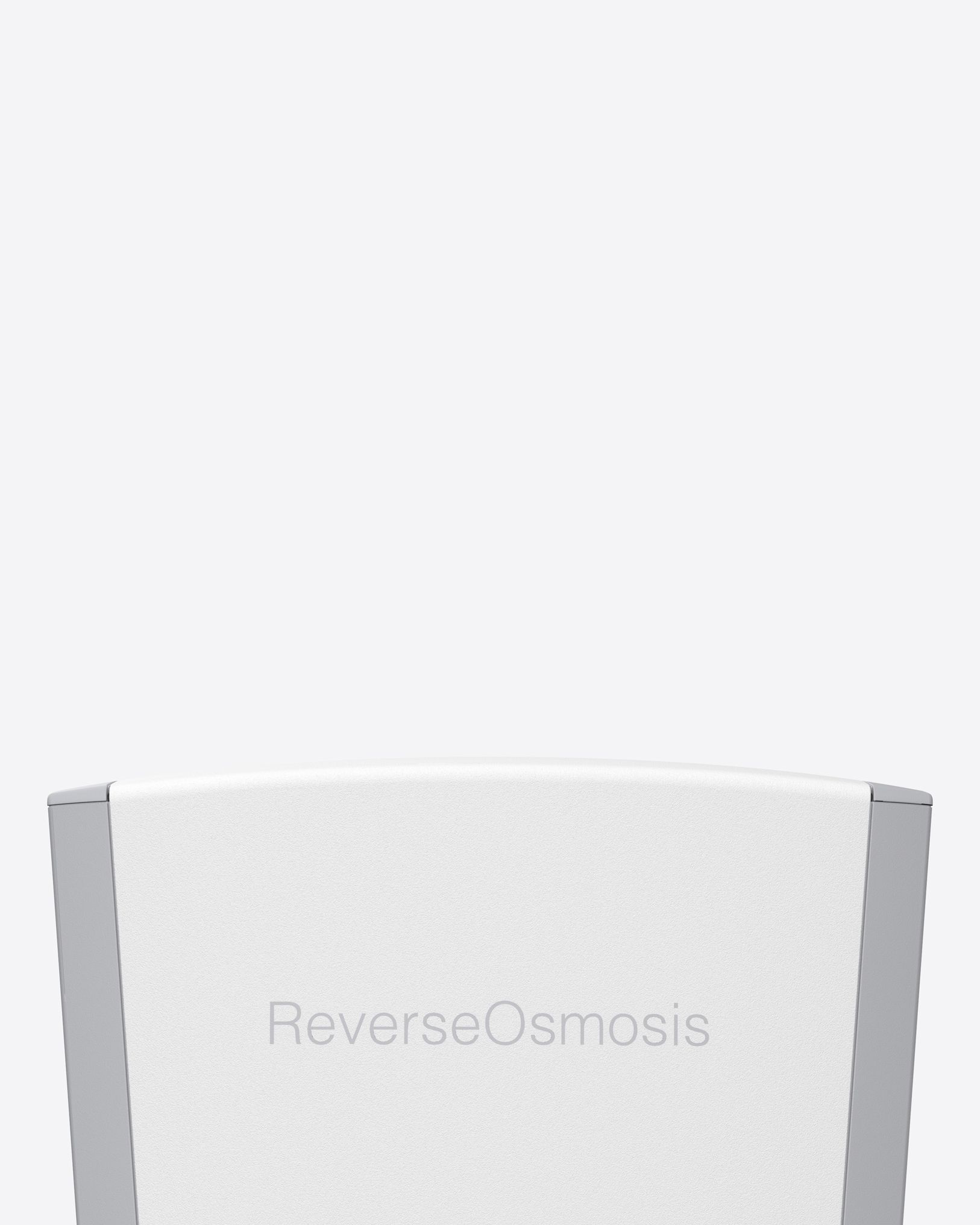The Disadvantages of Boiling Water for Purification
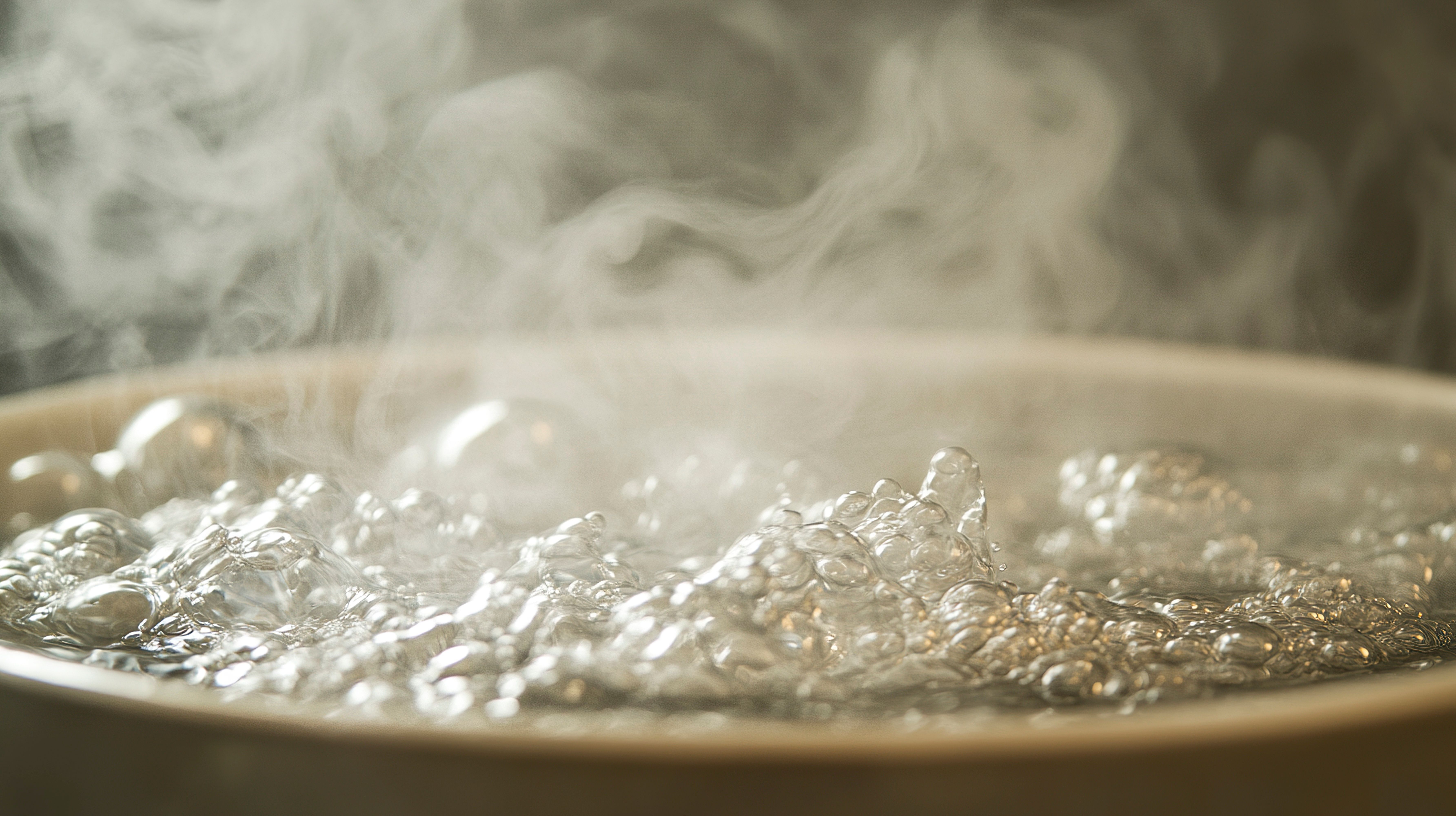
Last updated: October 2025
Boiling water is a traditional purification method used to kill bacteria and viruses, making water safe to drink in emergencies. However, boiling does not remove chemical contaminants such as lead, PFAS, or fluoride — and it consumes more energy than modern water filtration systems. Understanding its disadvantages can help you choose safer, more sustainable options for clean, healthy water at home.
1. Boiling Water Doesn’t Remove Chemicals
Boiling effectively kills bacteria, but leaves chemical pollutants behind. Substances such as lead, arsenic, fluoride, and PFAS (per- and polyfluoroalkyl substances) remain even after extended boiling. As water evaporates, these toxins can become more concentrated.
According to the U.S. Environmental Protection Agency (EPA) and the World Health Organization (WHO), boiling water does not remove heavy metals or industrial chemicals. For complete purification, a reverse osmosis water filter or activated carbon filtration system is required.
(EPA – Overview of Drinking Water Treatment Technologies)
(WHO – Guidelines for Drinking-Water Quality)
2. High Energy Use and Low Efficiency
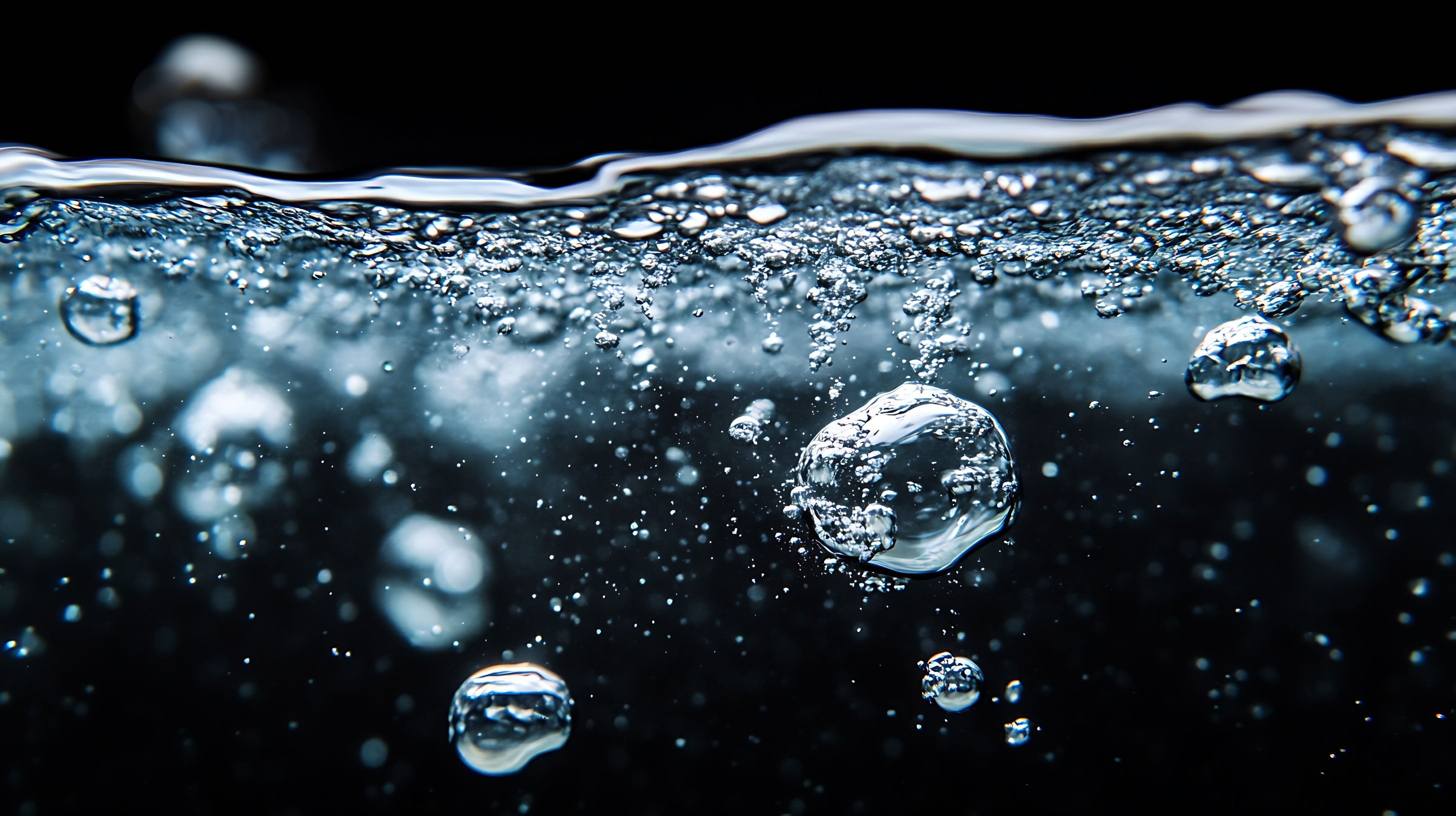
Boiling water is energy-intensive and time-consuming. Heating water to 100 °C for several minutes requires substantial energy, making it unsustainable for daily use.
In comparison, modern filtration systems like the Bluewater Kitchen Station 1™ provide clean, safe water instantly with minimal energy consumption. These systems are cost-efficient and environmentally responsible.
(EPA – WaterSense Guide to Selecting Water Treatment Systems)
3. Boiling Alters Taste and Quality
Boiling removes dissolved oxygen and beneficial minerals, causing water to taste flat or dull. If chlorine is present, the odour can intensify as chlorine compounds concentrate during heating.
Filtered or purified water maintains beneficial minerals like calcium and magnesium, resulting in better taste and improved hydration. Reverse osmosis or alkaline water purifiers produce fresh, balanced, and great-tasting water.
4. Limited Effectiveness at High Altitudes
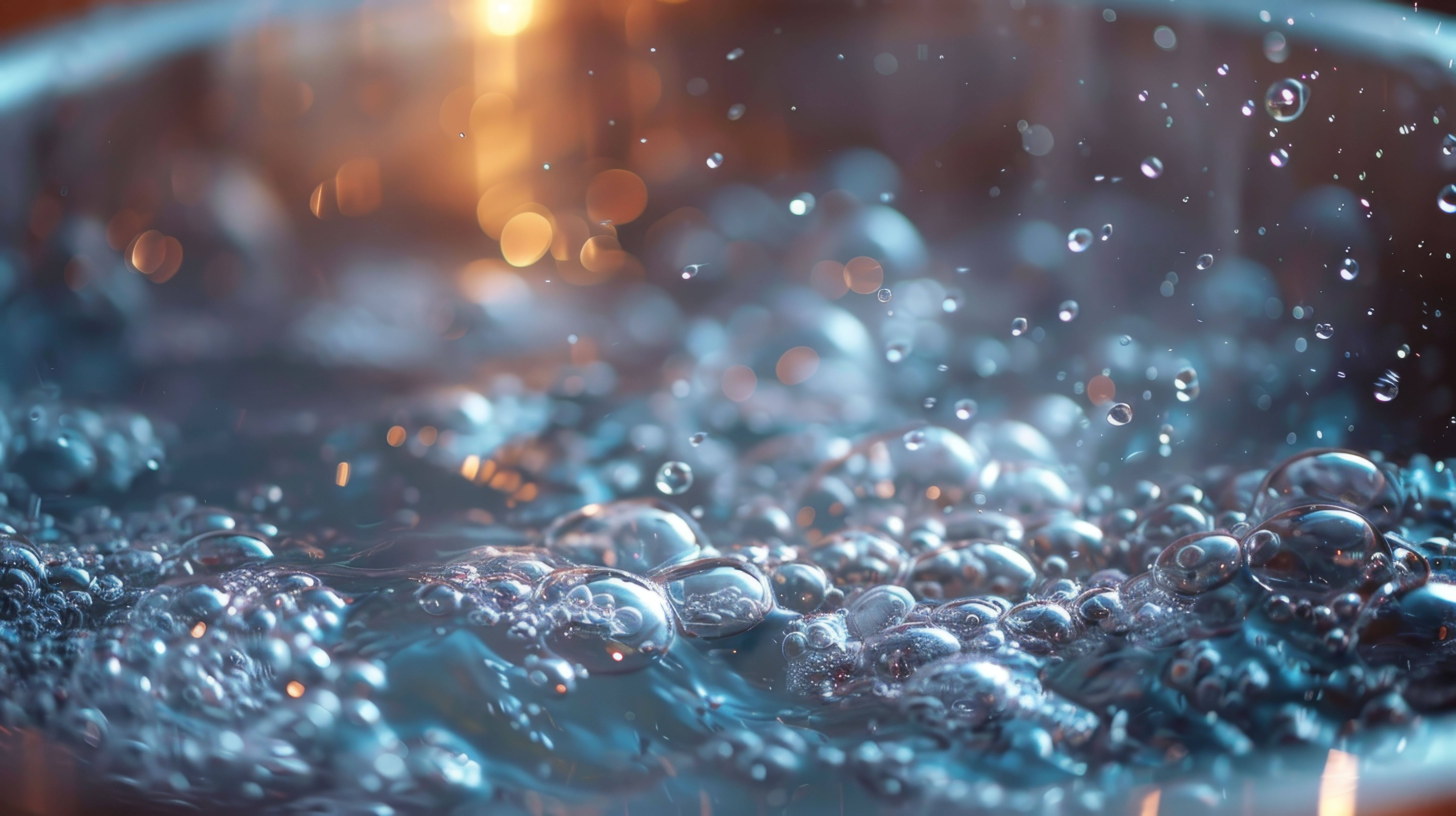
At high elevations, water boils at lower temperatures — for example:
- Sea level: 100 °C (212 °F)
- 3,000 m altitude: ~90 °C (194 °F)
Lower boiling temperatures may allow some microorganisms to survive. The Centers for Disease Control and Prevention (CDC) recommends boiling water longer at high altitudes, which increases both time and energy consumption.
(WHO – Microbial Aspects of Drinking-Water)
5. Evaporation Reduces Water Volume
Boiling causes water loss through evaporation. In areas where water is scarce, this can reduce the available supply.
By contrast, reverse osmosis systems and carbon filters purify without wasting water and preserve every drop.
6. Boiling Does Not Eliminate All Microorganisms
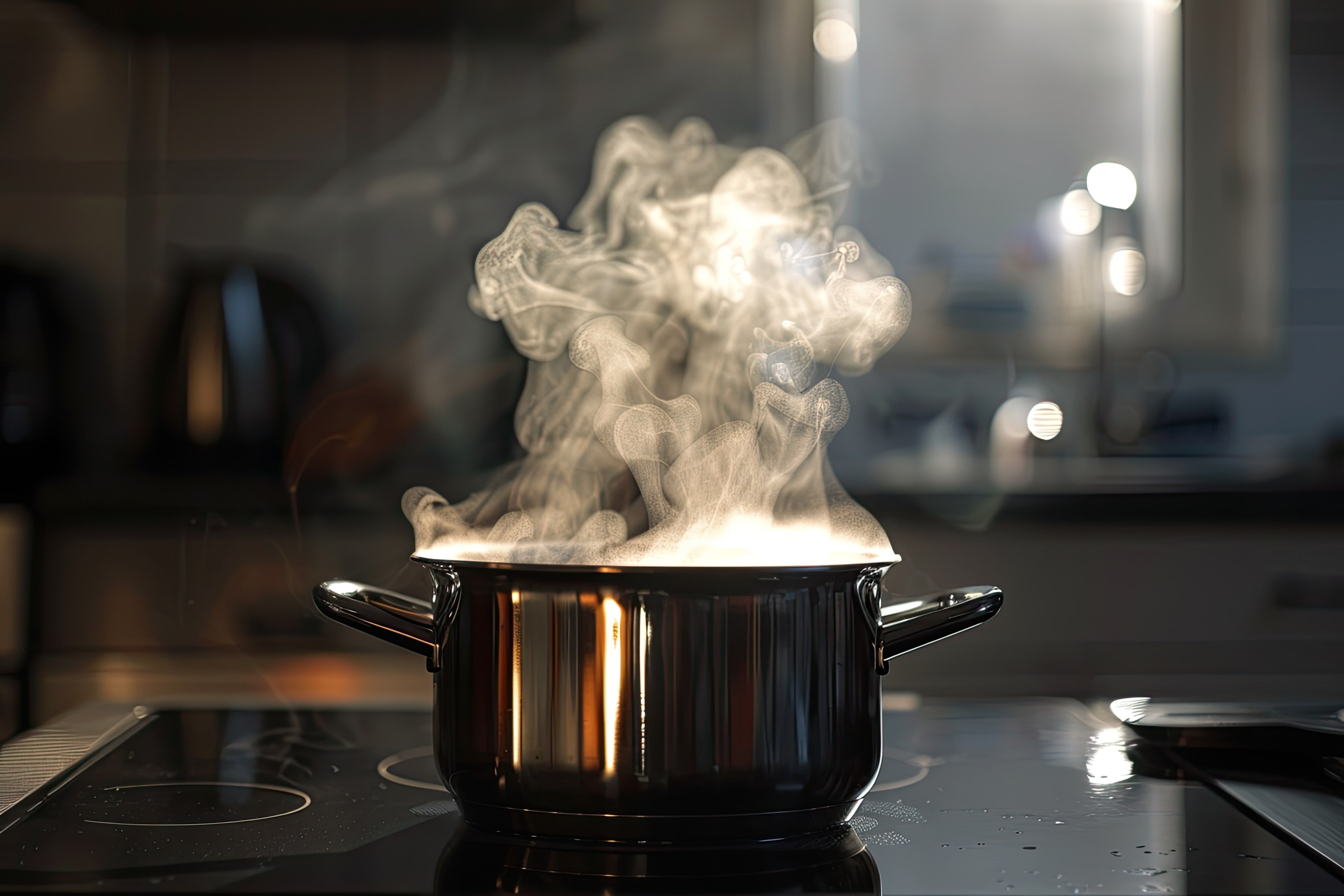
While boiling kills most bacteria and viruses, some heat-resistant spores and microorganisms may survive. Once cooled, boiled water can be re-contaminated—especially when stored in plastic bottles that may release toxins such as BPA.
For thorough protection, reverse osmosis filtration or UV purification systems are far more reliable.
Better Alternatives to Boiling Water
Boiling is helpful in emergencies, but not ideal for everyday drinking water. Modern purification systems remove both biological and chemical contaminants, providing cleaner and better-tasting water.
- Activated Carbon Filters: Remove chlorine, organic compounds, and improve taste.
- Reverse Osmosis Systems: Eliminate up to 99.7 % of contaminants, including PFAS, fluoride, and microplastics.
- UV Purifiers: Neutralise bacteria and viruses without adding chemicals.
- Bluewater’s SuperiorOsmosis™ technology combines advanced filtration and remineralisation, producing pure, mineralised water efficiently and sustainably.
(EPA – Drinking Water Technologies)
FAQs
Does boiling water purify it completely?
No. Boiling kills bacteria but does not remove chemicals, PFAS, or microplastics.
Does boiling remove chlorine or fluoride?
No. These remain in the water and may even become more concentrated.
Is boiled tap water safe to drink?
It’s safer than untreated water but not completely pure.
What’s better — boiling or filtering?
Filtering is more effective, energy-efficient, and improves taste.
Conclusion: Filter, Don’t Boil
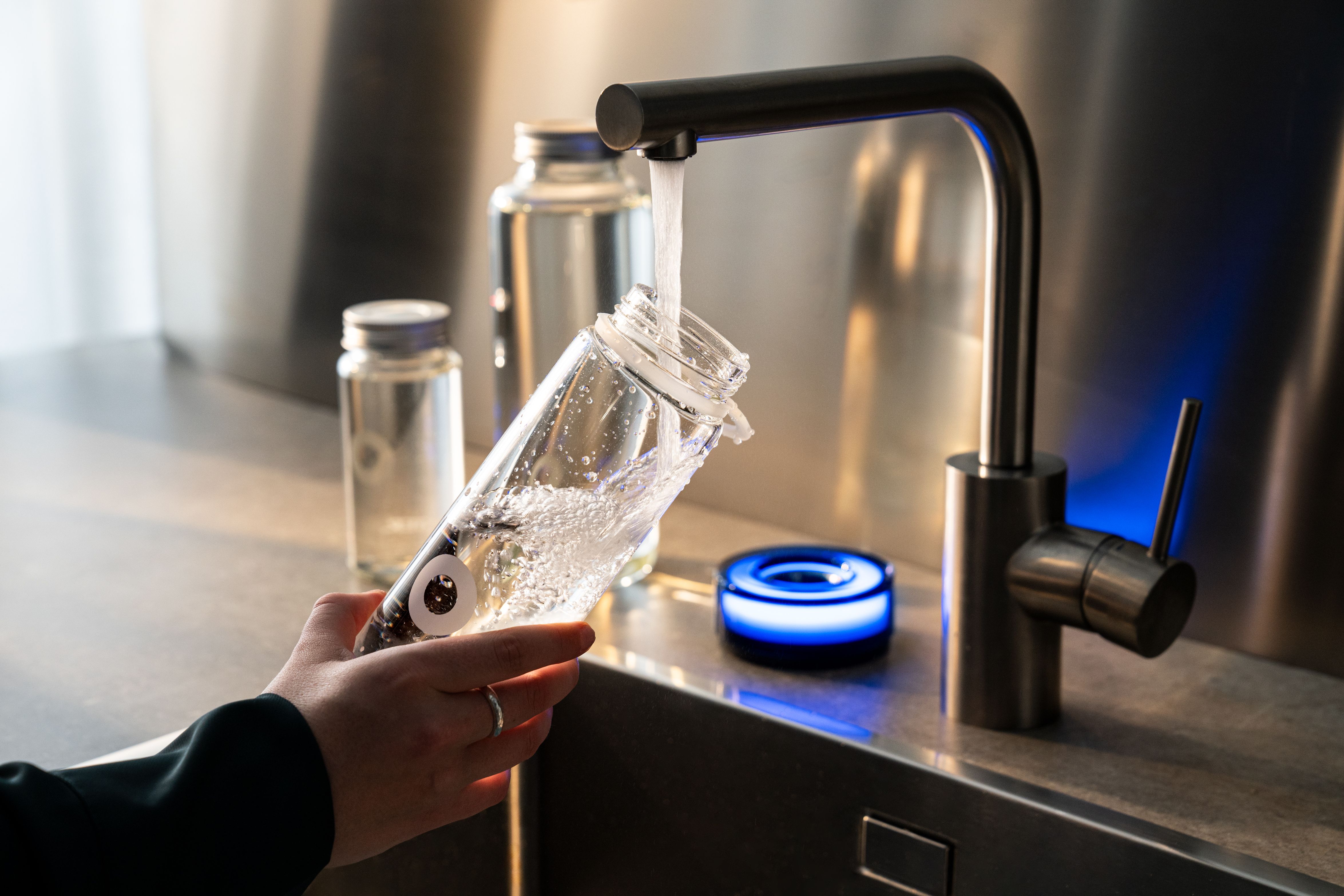
Boiling water is an effective emergency method but not a sustainable or complete solution.
It fails to remove chemical contaminants, consumes significant energy, and reduces water quality.
A reverse osmosis water filter like the Bluewater's Kitchen Station 1™ ensures safe, pure, and great-tasting water — without the drawbacks of boiling.
Explore the Bluewater's Kitchen Station 1™
References
- World Health Organization (2022). Guidelines for Drinking-Water Quality, 4th edition.
- U.S. Environmental Protection Agency. Overview of Drinking Water Treatment Technologies.
- U.S. Environmental Protection Agency. WaterSense – Guide to Selecting Water Treatment Systems.
- World Health Organization. Microbial Aspects of Drinking-Water Quality.
- U.S. Environmental Protection Agency. Drinking Water Technologies.
Author & Expertise
Written by Bluewater Group
Bluewater is a global leader in clean-water technology. Our SuperiorOsmosis™ systems help homes and businesses remove PFAS, microplastics, and chemicals sustainably.
About Bluewater | Contact Us
